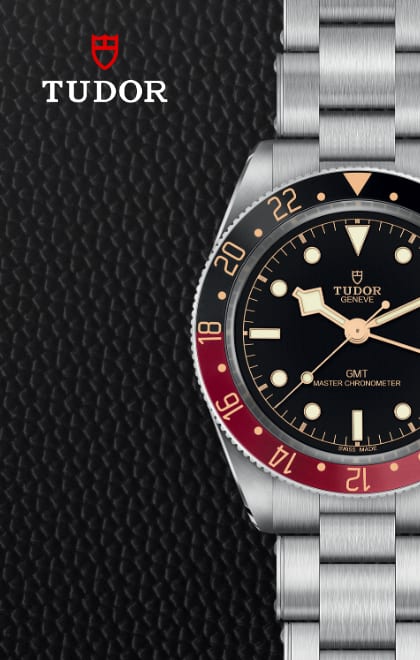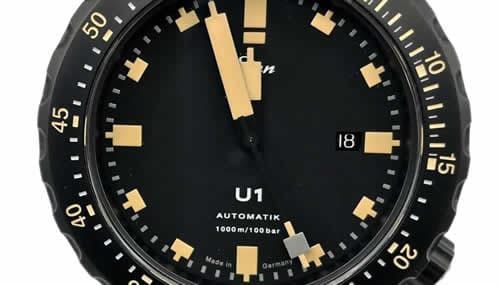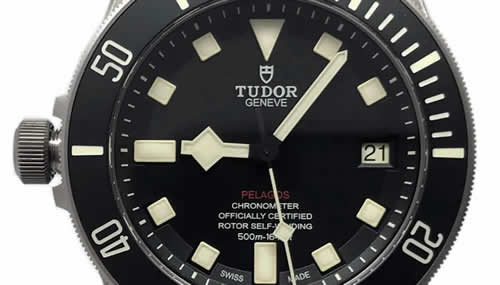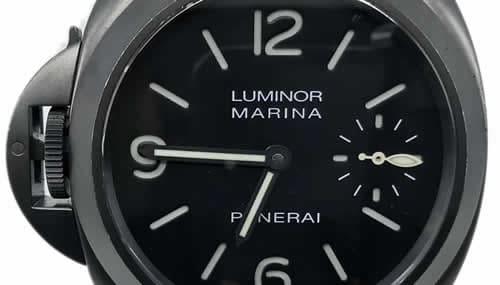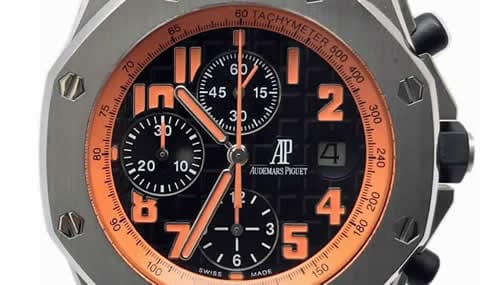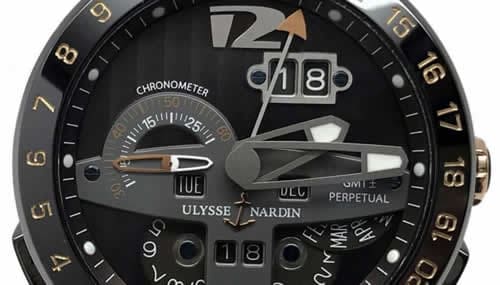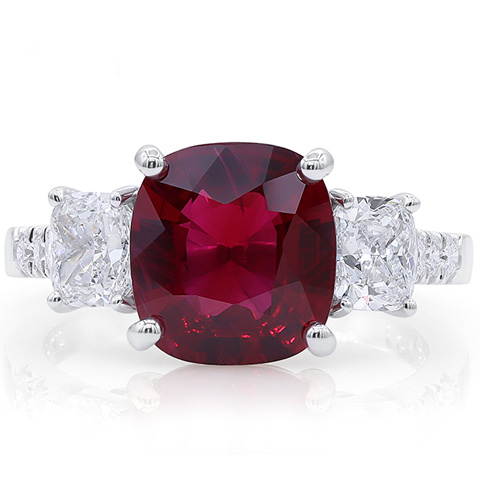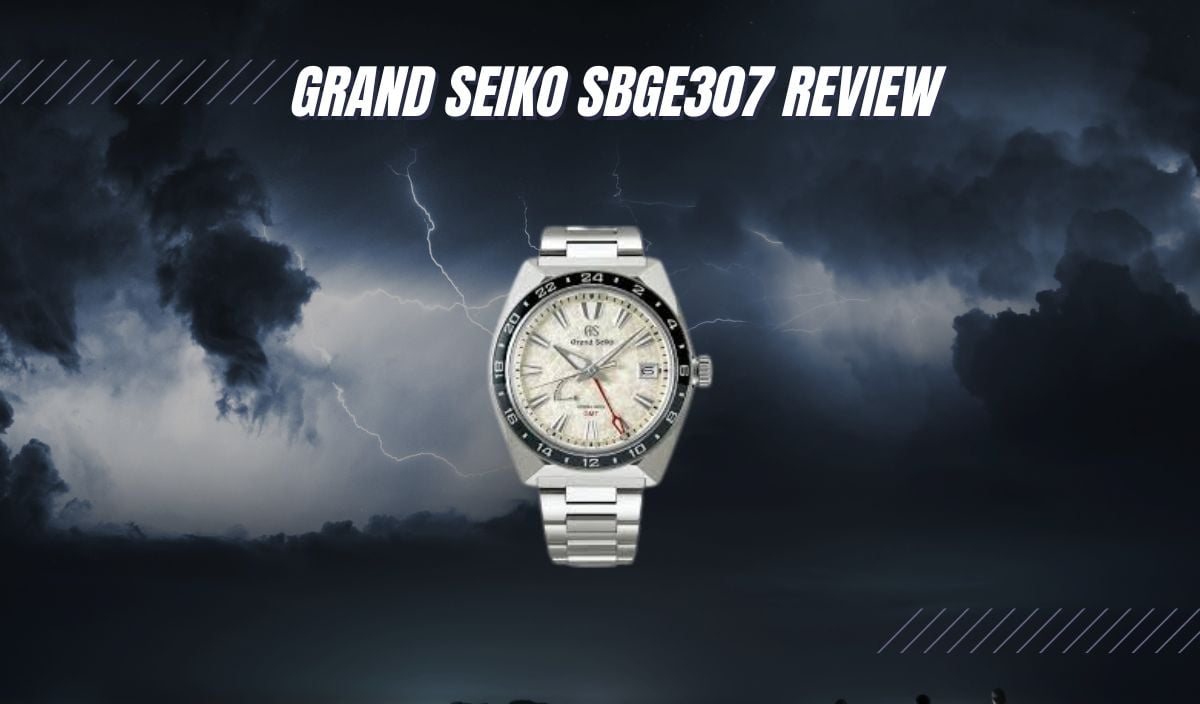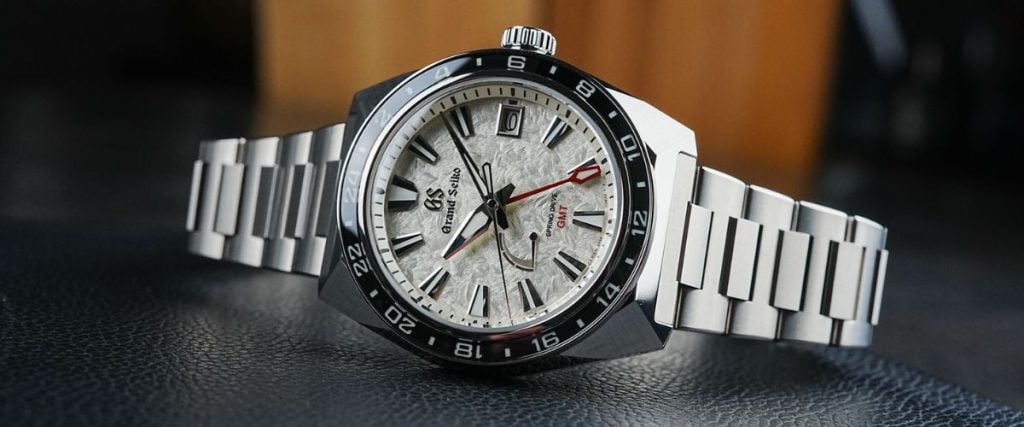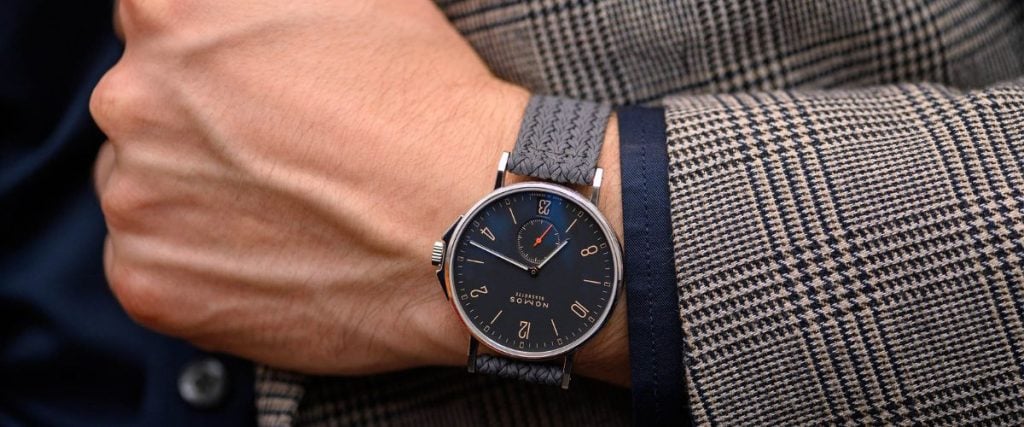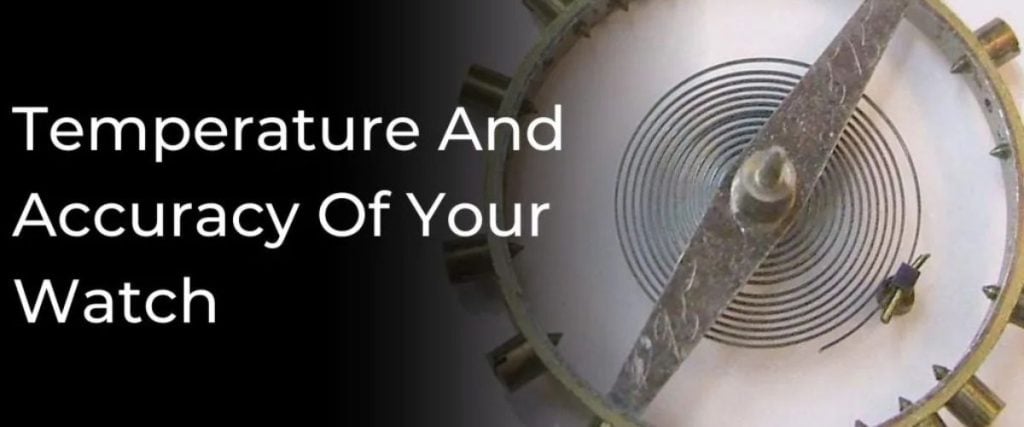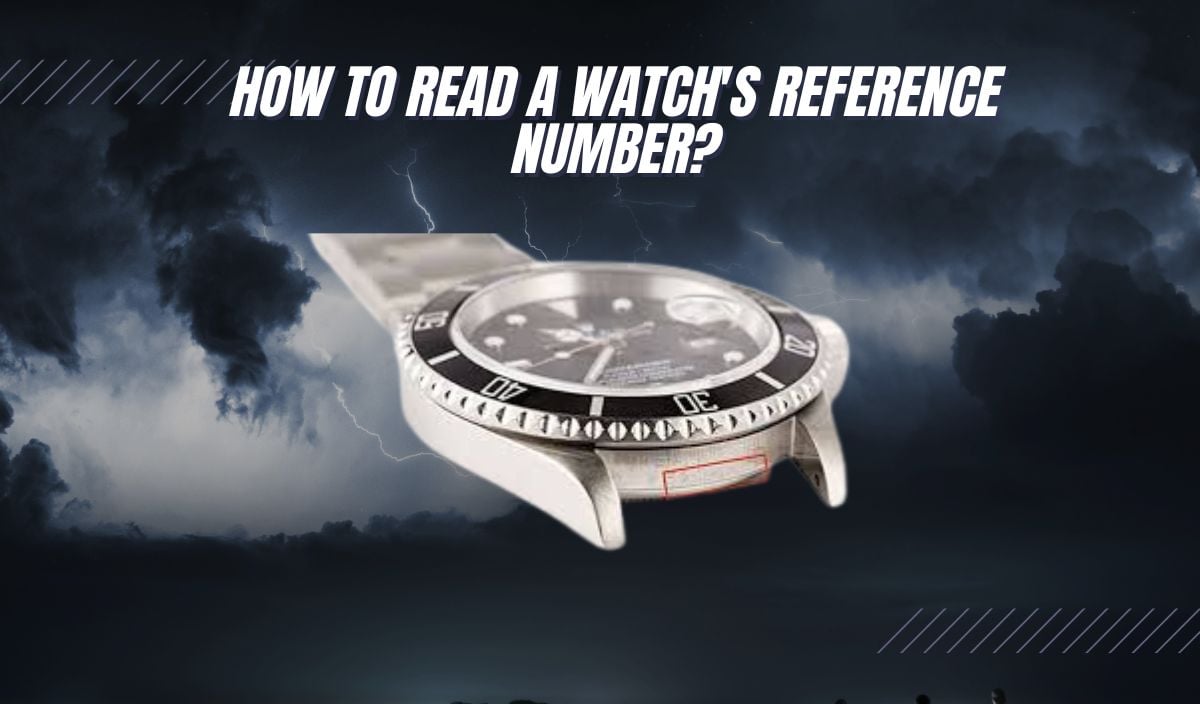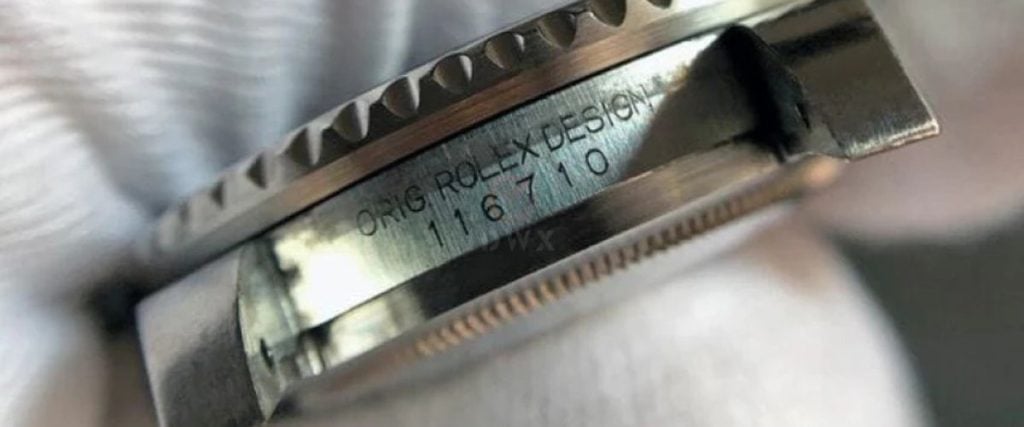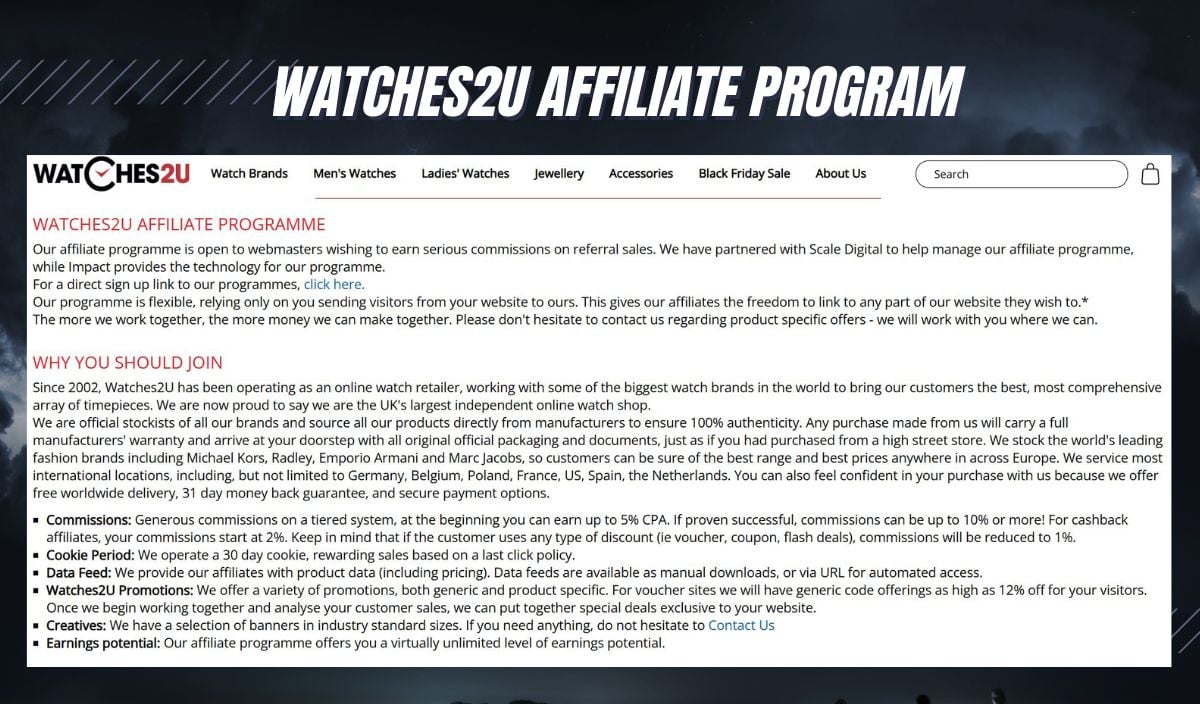
Affiliate Programs for luxury watches present a unique opportunity for influencers and marketers to earn commissions. As an affiliate, you can benefit from Watches2U’s competitive commission rates, high average order values (AOV), and the credibility of an established brand in the industry. Whether your audience is avid collectors or casual watch enthusiasts, you’ll find high-quality, in-demand timepieces to promote.
Introduction to Watches2U Affiliate Program
The Watches2U Affiliate Program offers a convenient and lucrative opportunity for influencers and marketers looking to enter the growing luxury watches market. As a leading online retailer, Watches2U boasts a massive catalog of high-end watches from popular brands like Casio, Citizen, Seiko, and Fossil. By joining the affiliate program, you can earn commissions from sales on these sought-after timepieces.
One of the main advantages of the Watches2U Affiliate Program is its competitive commission rates. As an established retailer, it’s well-known in the watch market giving you credibility as a partner. You can benefit from high conversion rates and get access to the retailer’s massive selection of watches to promote. Plus, the program includes access to real-time performance tracking so you can monitor your success and earnings.
Timepieces available in Watches2U are highly coveted in the luxury watch industry. All watches are carefully curated, featuring the perfect blend of style, quality, and prestige. Whether for everyday use or formal affairs, the Watches2U catalog offers something for every watch collector and enthusiast. This offers a prime affiliate marketing opportunity, allowing affiliates to reach a growing customer base.
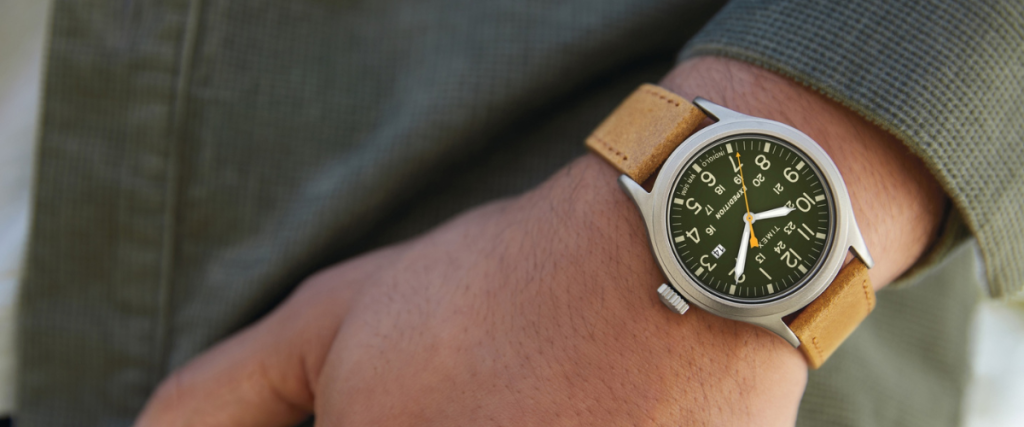
Overview of Watches2U Affiliate and Influencer Programs
Whether you’re a blogger, YouTuber, or social media influencer with audiences interested in luxury and style, this Watches2U Affiliate Program provides an easy entry into the luxury watch market. The program offers competitive commission rates on every eligible sale. Through the program’s tiered system, affiliates can earn up to 5% per eligible sale. The Watches2U’s product catalog is wide and varied, including top brands such as Rolex, Omega, Patek Philippe, and many more.
Watches2U also collaborates with influencers and ambassadors through a tailored Influencer Program. This program suits social media personalities with substantial followings on popular platforms like Instagram or TikTok. The goal is to showcase Watches2U watches through unboxings, reviews, and other related content. Benefits include getting product samples, exclusive discounts, and potential commissions on select items.
As a Watches2U affiliate, you enjoy the program’s highly competitive commission structure where you’ll earn a percentage of each sale completed through your affiliate links. The amount of commissions varies according to factors like the watch’s average order value (AOV). The higher the AOV, the more commissions you can earn. As for the cookie duration, the program offers a 30-day window while payments are processed monthly and paid through bank transfer or PayPal.
Benefits of Partnering with Exquisite Timepieces
Affiliates looking for a more attractive alternative to the Watches2U program can consider the Exquisite Timepieces (ETP) Affiliate Program, giving you access to prestigious brands like Rolex, Omega, Tudor, Hublot, Blancpain, and many more. Our curated and broad collection of luxury timepieces appeals to a wider audience with higher AOVs and higher chances of significant earnings.
One of the major benefits of partnering with ETP is our higher commission structure compared to other watch affiliate programs. Our affiliates can earn greater returns per sale, usually up to 6% or higher depending on your performance. As an ETP affiliate, you’re essentially capitalizing on iconic and trending timepieces ensuring higher conversion rates. Even if you only complete a few sales, you’ll be earning a substantial amount for your marketing efforts.
Exquisite Timepieces also offers an extended cooking duration of 30 days giving you more time to receive credit for sales made from your customer’s first visit. A longer tracking window means you can enjoy a higher chance of capturing conversions and earning more money in the process. Even better, ETP guarantees exceptional support not only to affiliates but also to customers. We have a team of account managers who can provide guidance, helping you optimize your promotions and maximize conversions.
With Exquisite Timepieces‘ trusted reputation in the luxury watch industry, you can leverage our credibility to boost your marketing efforts. It’s easier to earn a buyer’s trust and eventually convince them to complete a purchase when you promote through ETP’s affiliate program. We offer a mix of excellent product variety, higher commissions, and exceptional affiliate support.
How to Join the Exquisite Timepieces Affiliate Program
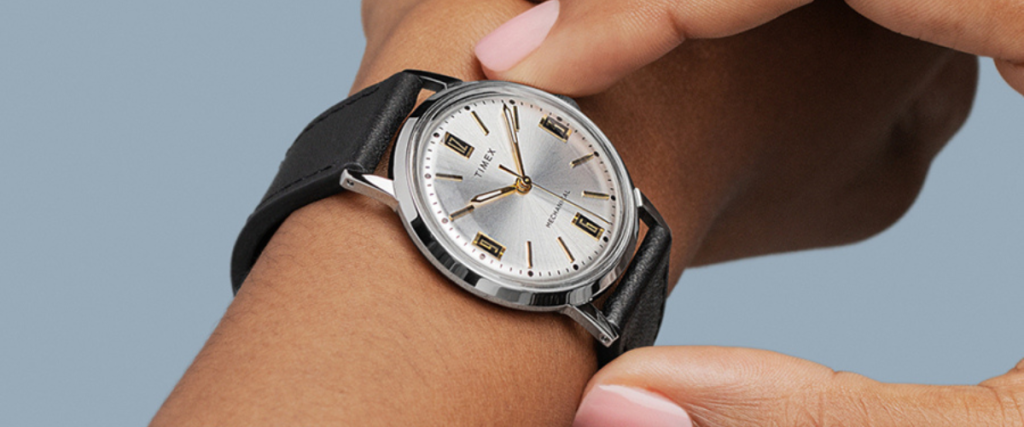
If you’re ready to become an ETP affiliate, joining our program is simple. Here are a few steps you need to complete to get started:
- Visit our Sign-up Page: Head over to our affiliate program page where you can find an overview of the ETP program, benefits, and requirements.
- Create Your Account: Complete your online application by providing basic information like your full name, contact number, email address, and a link to your main media channel.
- Get Approved as Affiliate: Once we receive your application, our team will review your details to ensure you’re a perfect match with our program. Approval times vary but it will typically take 2 business days or longer.
- Access Affiliate Tools: Once approved, you can access ETP’s variety of marketing tools including product images, banners, product links, and exclusive promotions. You can start promoting using our unique referral link so it’s easier to track sales and commissions.
- Get Help Through Our Dedicated Support: If you need, you can connect with one of our dedicated account managers who will help you optimize campaigns, offer insights, and ensure you find success in promoting our luxury watches.
Why Promoting Luxury Watches through ETP is a Great Opportunity
Whether you’re a new or a seasoned affiliate marketer, promoting luxury watches through ETP’s affiliate program offers an exciting opportunity to earn commissions on high-value products. Not only do you have access to an exquisite selection of luxury watches but you also enjoy competitive commission rates, extended cookie duration, and dedicated support to help you succeed.
Ready to start earning by promoting coveted luxury timepieces? Sign up for the Exquisite Timepieces Affiliate Program today and join a network of affiliates who are enjoying lucrative commissions showcasing the best brands in the luxury watch market.
FAQs
What commission rate does Exquisite Timepieces offer to affiliates?
Exquisite Timepieces offers up to 6% commission on all eligible sales, allowing affiliates to benefit from each referral and capture high-value earnings from luxury watches with high average order value (AOV). Enjoy lucrative earnings even with just a few sales!
What is the cookie duration for the ETP affiliate program?
The ETP affiliate program offers a 30-day cookie duration. This means you’ll receive credit for any eligible sale made within 30 days of potential customers clicking your affiliate link. This gives partners an extended opportunity to earn commissions on each lead.
Does Exquisite Timepieces offer support or resources to help affiliates succeed?
At Exquisite Timepieces, we offer exceptional support to both our customers and affiliates. As a partner, you’ll receive access to a personalized dashboard to track sales and commissions, as well as regular tips and insights to boost sales. Dedicated account support is also available to help affiliates improve their performance.
What brands of luxury watches can I promote through ETP?
Exquisite Timepieces offers an extensive range of high-end and luxury brands, including Rolex, Omega, Patek Philippe, Audemars Piguet, Grand Seiko, Blancpain, Cartier, and TAG Heuer. This premium selection enables affiliates to attract a wider audience and maximize earning potential with sought-after, reputable brands.


